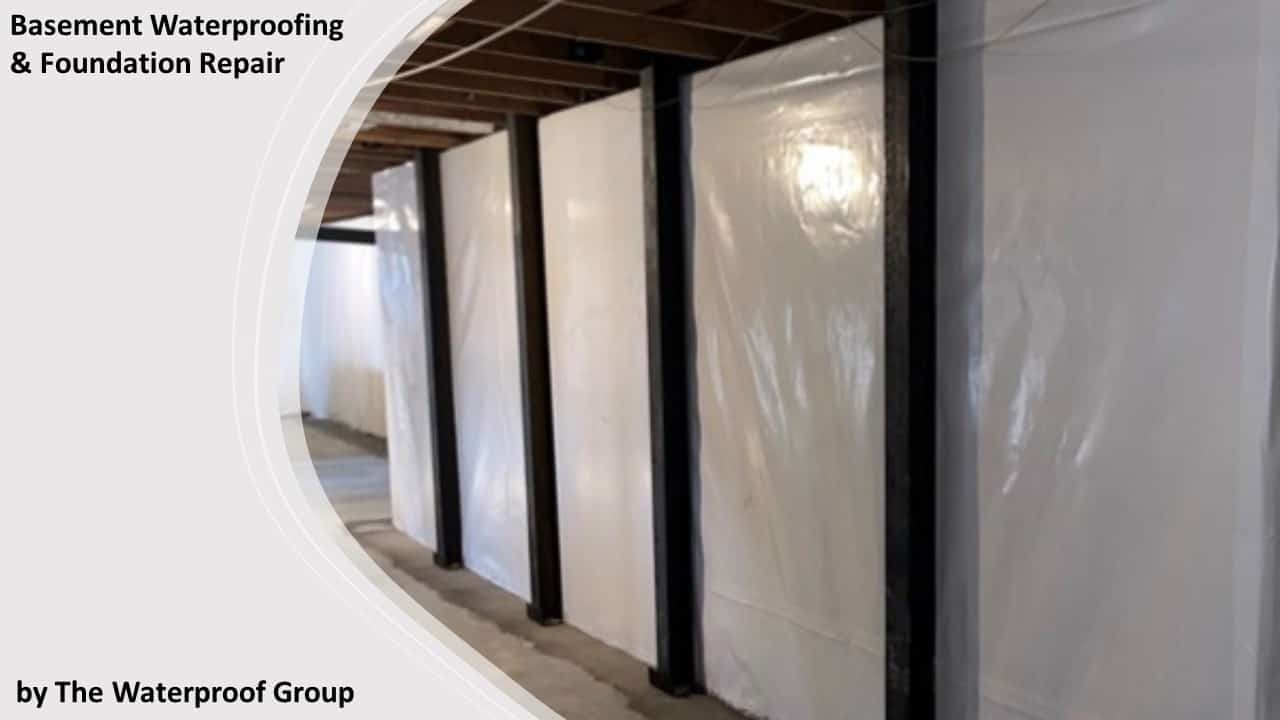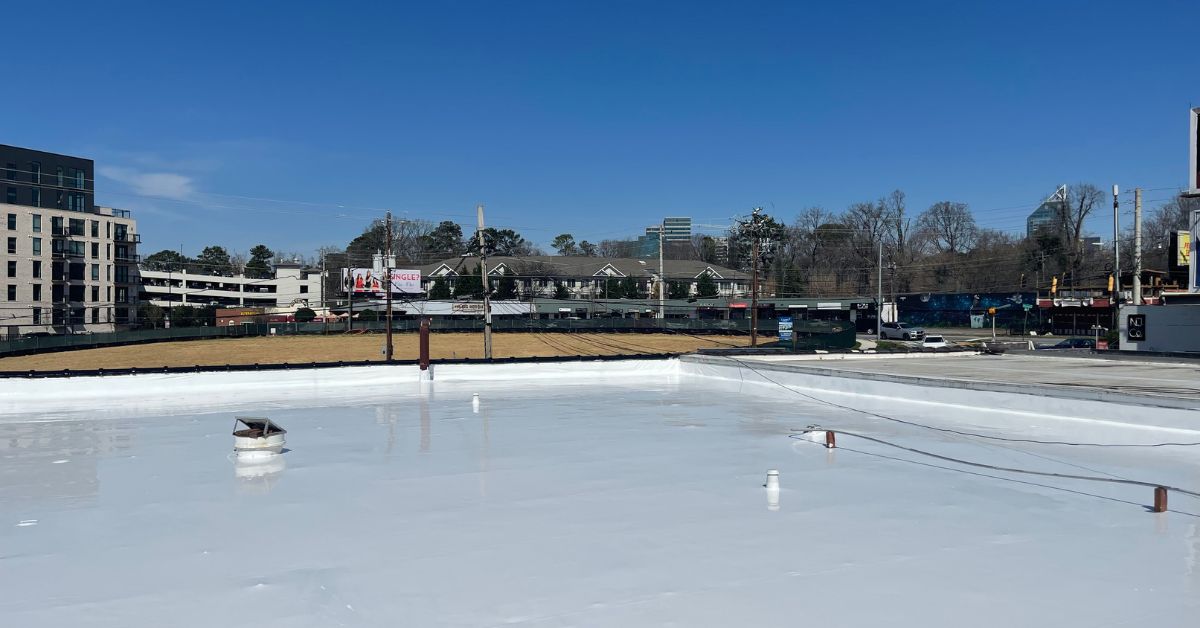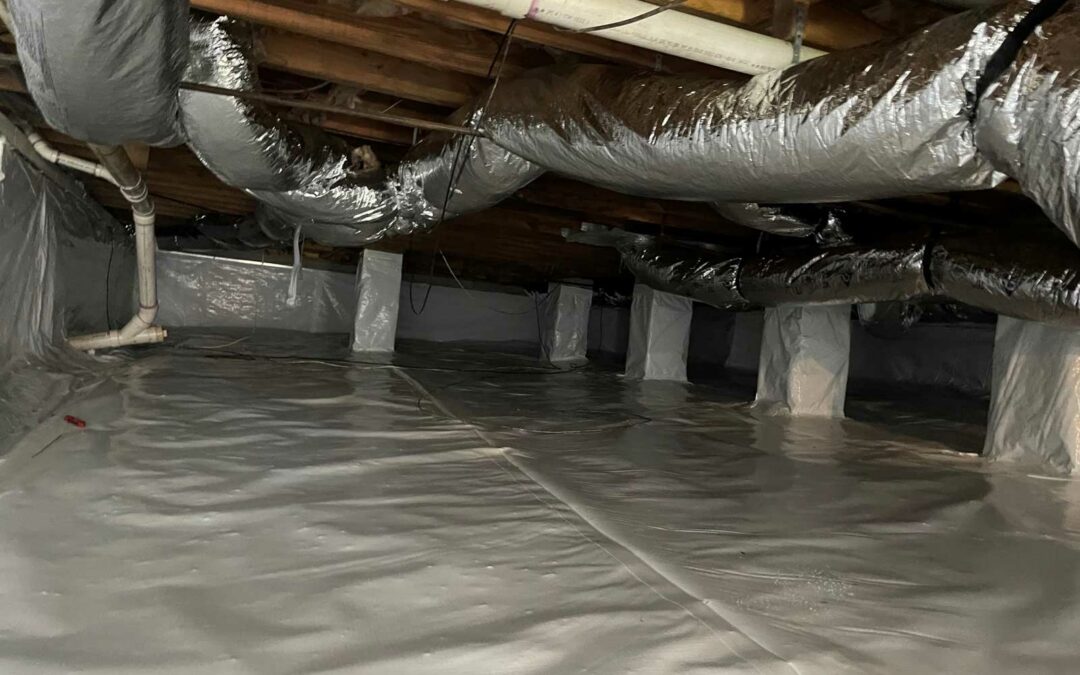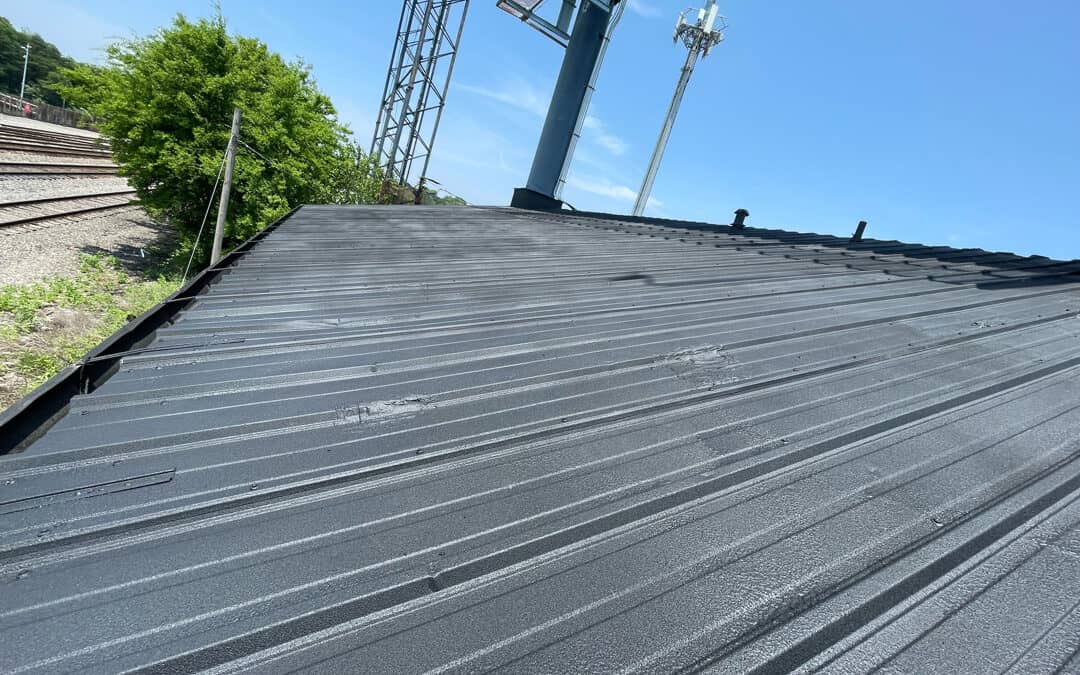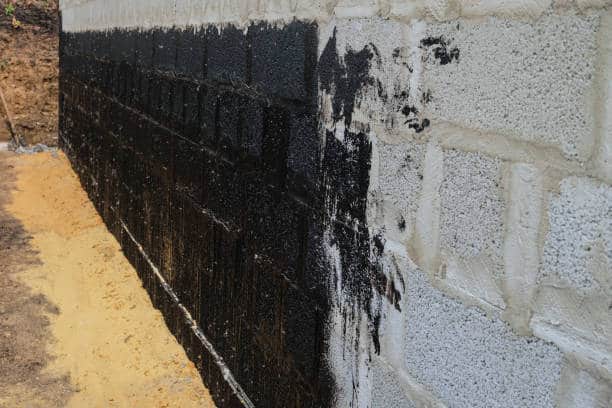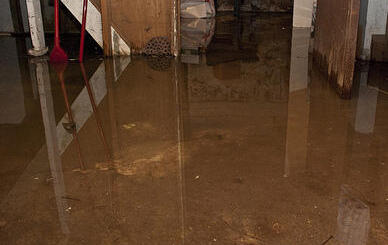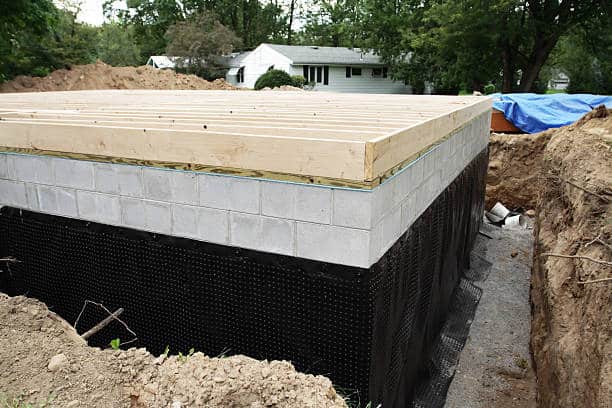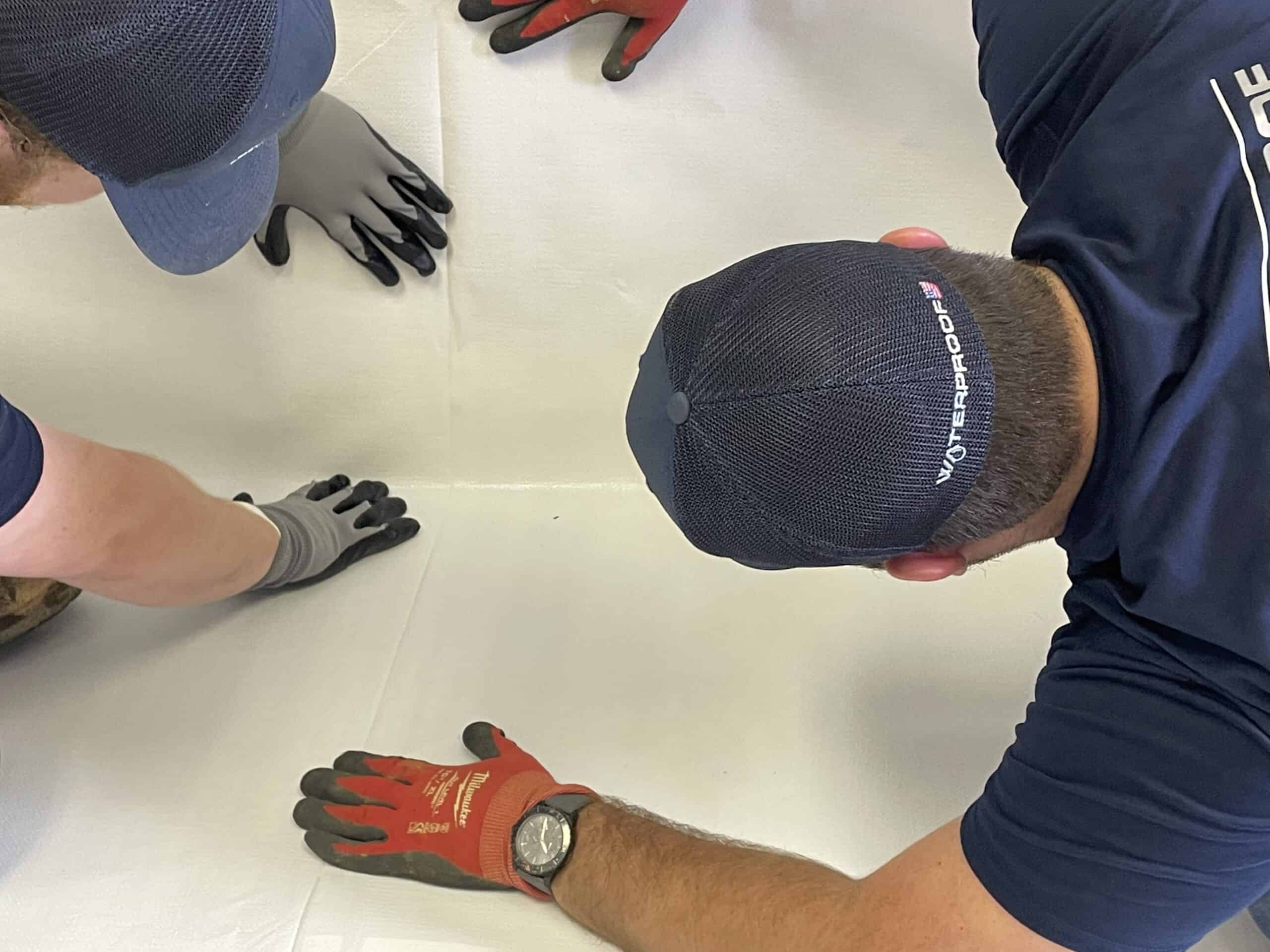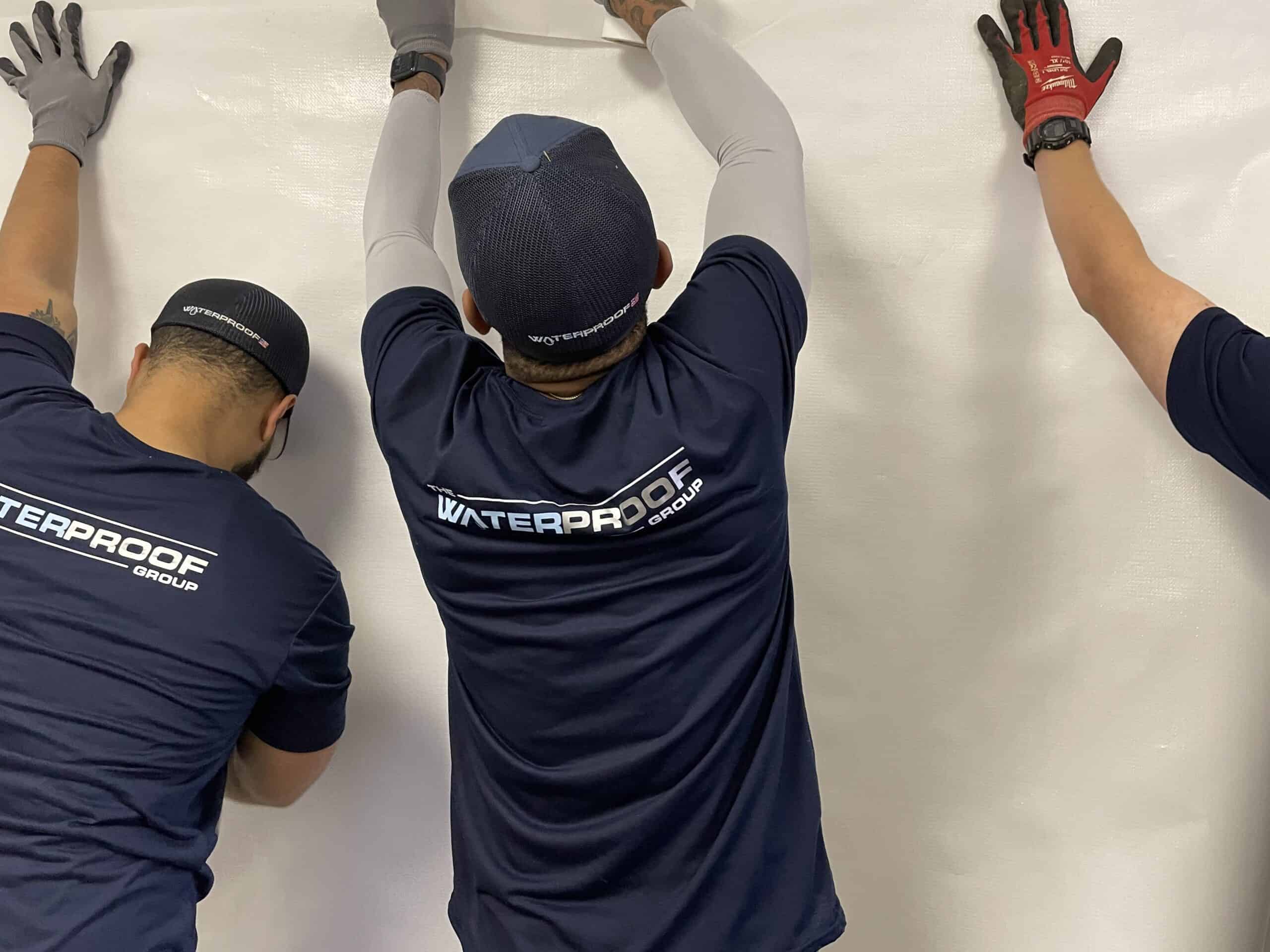Wet basement walls can cause extensive and expensive damage to your home. The Waterproof Group provides expert
basement waterproofing Marietta solutions dos and don’ts to prevent water infiltration and keep your basement dry.
If you have noticed water seeping into your basement, it is important to find the cause and possible solutions quickly. The sooner this problem can be solved, the better!
Keeping your basement dry and free from water damage can be difficult when it’s located below grade. You may notice moist walls here or there, puddles on the flooring where moisture has been pooling for some time now; this is especially likely during periods of heavy rain where excess runoff channels into cracks in foundation slabs causing swelling behind expansion joints (a major cause) before rolling outward like an ocean wave crashing against rocks at shoreline—with potentially devastating consequences!
Wet basement walls can be a major issue for homeowners. They’re not just unsightly and unpleasant to live with; they also pose safety hazards, as water that seeps into the soil will eventually find its way up through any cracks in your foundation or flooring before flooding out on top of everything else below it- including valuable household items! In order to prevent this problem from happening again.
When water damage strikes, it can be difficult to know what steps should come next. Your first instinct may well depend on the cause of your problem and how much money you want spend; if a simple DIY fix is possible then this
article for Basement Waterproofing Solutions Do’s and Don’ts will give some helpful advice for doing so without professional help – but when something more structural needs attention…well let’s get started!
Basement Waterproofing Marietta Solutions Do’s and Don’ts
Do investigate where the water intrusion is entering – To determine where water is coming from, look for streaks. Concrete has a lot of pores in it so you can tell when they’re being filled with liquid by seeing wet spots on your floor or around pipes where someone might have leaks that go beyond just their sink!
When the entire surface of a wall is wet, it means that there’s likely an issue with water coming in from outside. A moisture reader or thermal imaging camera can be beneficial in helping to determine the location of entry.
Don’t perform repairs during heavy rains – If you notice water seeping into your basement during a rainy season, be sure to remove all the standing liquid before trying to repair it yourself. This will help avoid risking either electrical shock or electrocution from live wires that may exist near where repairs are being made-and also make certain no one gets hurt while working inside! Call us for professional assistance right away so we can safely get rid of any potential hazards present in these areas.
Do repair cracks – Foundation cracks are not only found in the middle of a basement but also at its bottom. When pouring concrete for a footing, it’s common practice to do so before providing support against potential pressures from below by setting up steel rebar that will hold everything together once finished with cement or other building materials like brick pavers. However this method does create what’s known as “cold joints” – spots where there can develop later on when soil shifts and settles alongside structural elements.
Hydraulic Cement is the best way to fill any below grade exterior cracks you find in your home. It’s easy, quick and efficient! Simply mix together with water until it becomes heavy enough for gloved hands or appropriate application tools. Interior cracks will need
professional crack repair.
Don’t forget basement window wells – To prevent leaks in your basement window well, it is important that you have a drainage system installed beneath the lip of ground around each individual opening. This will help reduce any water which may gather at its base and seep into cracks or joints throughout other parts of house plumbing systems.
Installing a window well drainage system can be difficult, but if you need one, it is possible with some effort. First dig up two feet lower in the area where you will install your new drain and then fill that hole with gravel so rainwater does not pool at the bottom of the installation site; this also helps prevent dirt from mixing into any standing water within or around these structures when it rains heavily because heavy storms typically produce more than 2 inches worth per hour! Next use a masonry caulk (available at home repair stores) which works best on masonry applications like filling cracks between bricks—useful if there are gaps alongside walls too close together where they meet mortar joints.
Do apply waterproofing sealant or liner to walls – If you have a basement that’s leaking, it can be difficult to make sense of the problem. Apply masonry waterproofing products or 20 mil liners in order to stop any water from seeping through your walls and making them wetter than they should be! However, a professional waterproofing specialist like The Waterproof Group will have more options to keep your basement completely dry year round.
Don’t seal over painted walls – It’s important to remember that if you or a previous owner painted the basement walls, you will need to remove any paint before applying sealer. This is because only adheres well with bare masonry and there might be several coats of old fashioned house-painting in older homes which needs blasting by pros known as “blasting contractors.” Alternatively it can also wire brushed off using tedious but inexpensive DIY task!
It must be stressed how crucial this step is before applying any sealant because if there are stains left behind then those too could stain your freshly applied finish!
Efflorescence is a white deposit that forms on the surface of concrete walls when they are exposed to constant moisture. To remove efflorescence, mix muriatic acid (following manufacturer’s instructions) and apply liberally with painter’s sponges or scrub pads until all dirt has been removed from its surface
Do prevent water intrusion – Solutions for wet basement walls are often easy. For instance, remove any foundation plantings that require watering like bushes and flower beds which will allow water to seep into the ground around your home; also inspect guttering/downspouts if you think they’re directing too much offsite flow towards this vulnerable spot in its defenses against flooding! A two percent slope would be ideal here since it’ll help prevent erosion from occurring while building up greater elevations away from potential vulnerabilities via elevated grading methods such as terraces or setbacks.
You may need to call in a professional waterproofing contractor like The Waterproof Group to access your water intrusion with a free inspection and free repair quote.
Don’t forget in-slab drainage solutions – Installing
a drainage channel beneath your basement floor is another way to achieve dry walls. In this process, new exterior boundaries are created on the inside of any existing cracks or holes in order keep water from seeping through into what would otherwise be an unconditioned space (a natural wet area). It is vital that you hire professionals who have experience performing these types premises projects as mistakes can cause major structural issues down below!


